 |
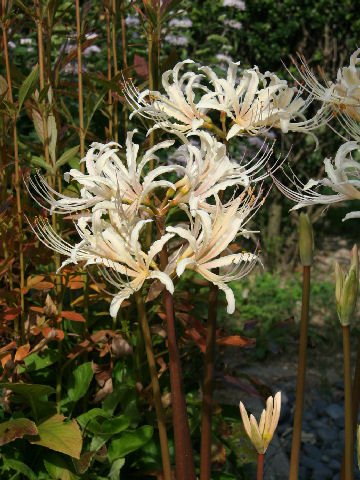

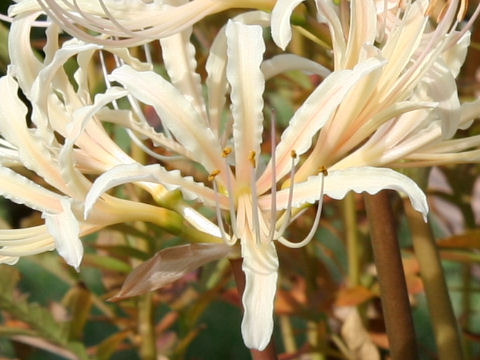

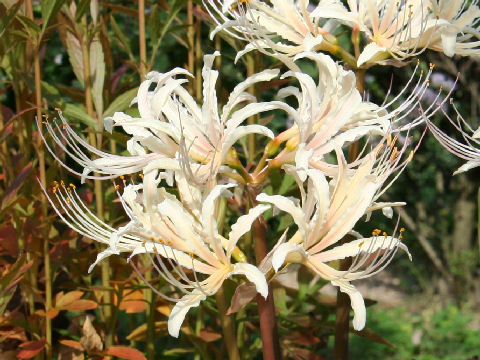

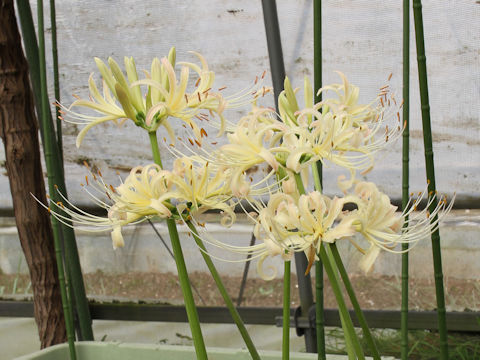

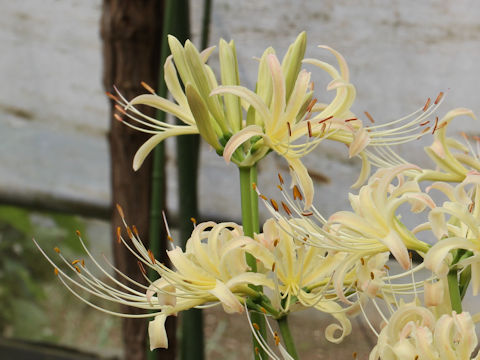

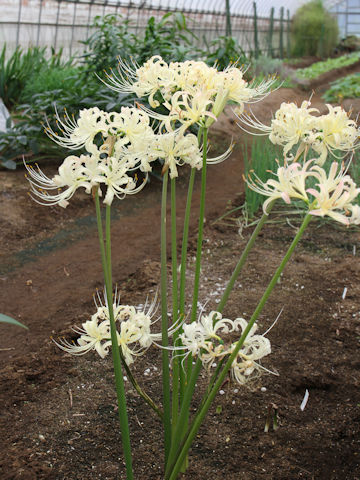

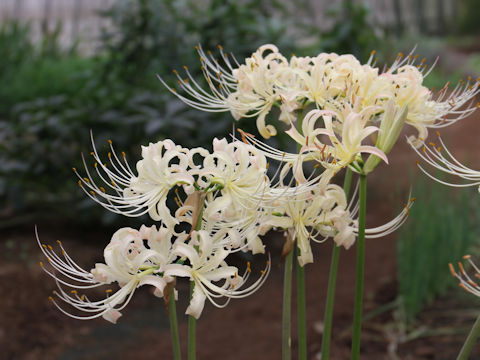

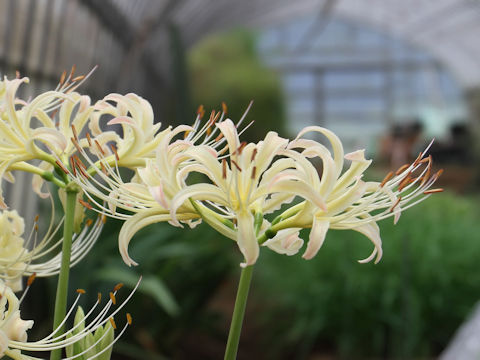

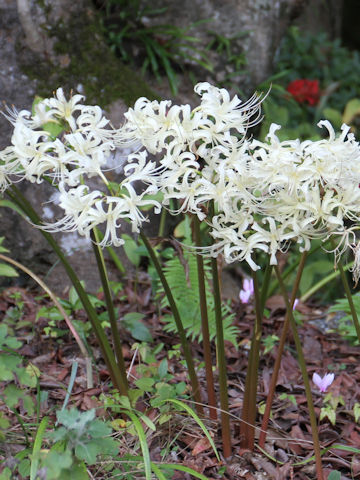

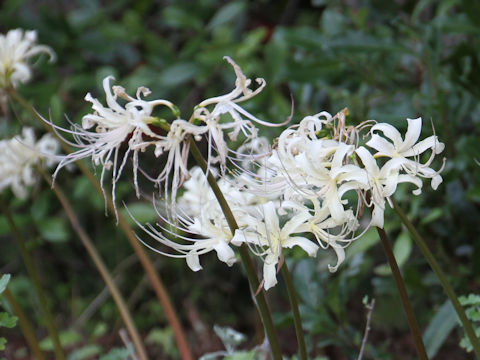

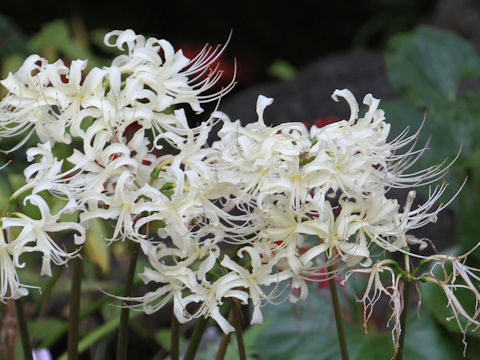

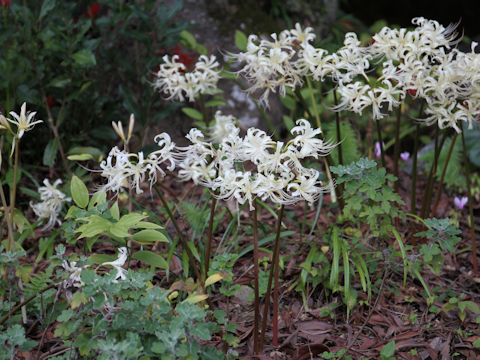

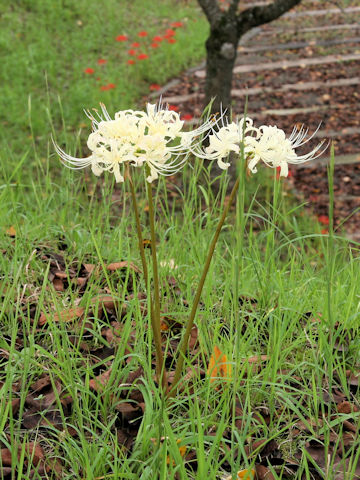

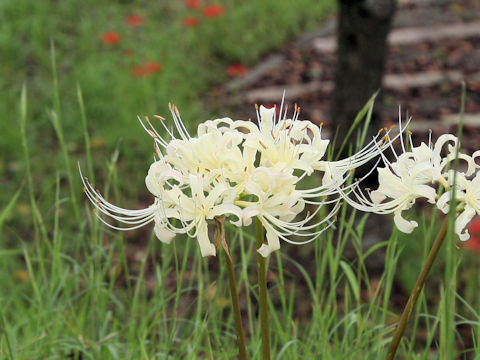

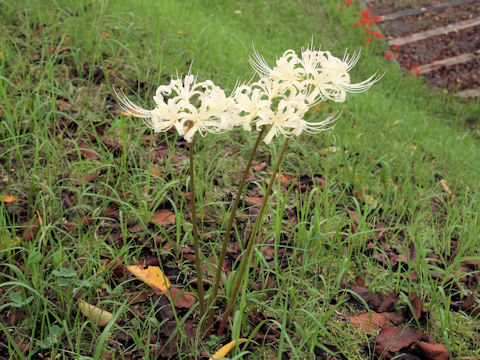

|

|
uЪñÎÈiLycoris radiatajvÌñ{ÌÆuµå¤«¸¢¹ñiLycoris aureajvÆÌíÔðGí¾Æl¦çêĢܷBíªÌãBâ©N¼ÌÏBAÅ©¶µÄ¢éæ¤Å·ªA¡ÅÍenÅÏÜpÉÍ|³êĢܷBX²ëAÔsðLεÄW©FâW¢sNFðÑѽFÌÔð穹ܷBʼÅuµëÎÈЪñÎÈiÔÞÝÔjvÆàÄÎêÜ·BêÅÍuûÎfiru bai shi suanjvÆÄÎêÜ·B
|

|
ÈqKoi®Ì½NÅAw¼Í Lycoris x albifloraBp¼Í White spider lilyB
|

|
The White spider lily (Lycoris x albiflora) belongs to Liliaceae (the Lily family). It is thought to be an interspecific hybrid between the diploidy of Red spider lily (Lycoris radiata) and the Golden spider lily (Lycoris aurea). It is a perennial herb that is native to Kyushu of Japan, as well as the Jeju-do (southern Korea) and China. Now, this herb is planted as an ornamental plant elsewhere across Japan. The pale yellow or pale pink flowers bloom atop of flowering stalk in September. In Chinese, it is called "ûÎf" (ru bai shi suan).
|

|
[ãEP`Q] åã{ðìsuåãsåt®A¨vÉÄA2006N0929úBeB
[RES] çt§æsåpÉÄA2016N0921úBeB
[T`V] ¯ãÉÄA2016N0923úBeB
[W`PP] msÜäRuqìA¨vÉÄA2017N0929úBeB
[PQ`PREº] {é§åÍ´¬uåÍ´övÉÄA2024N0928úBeB
|
















